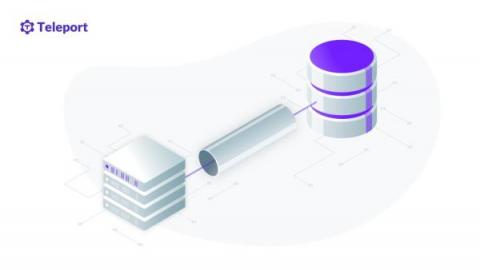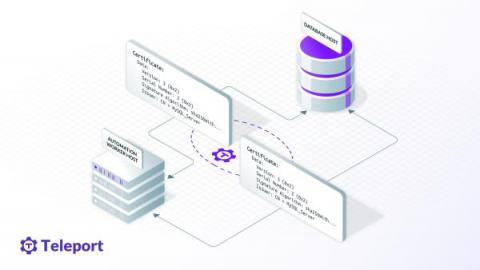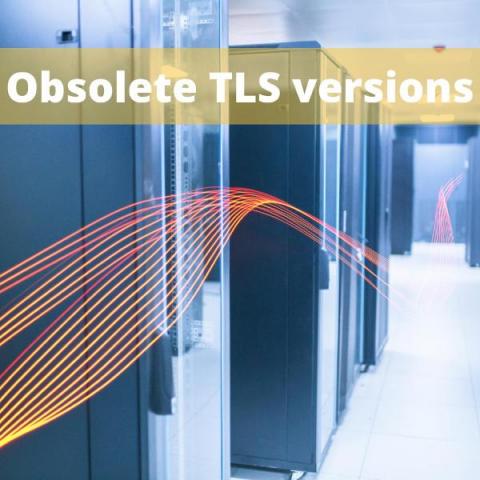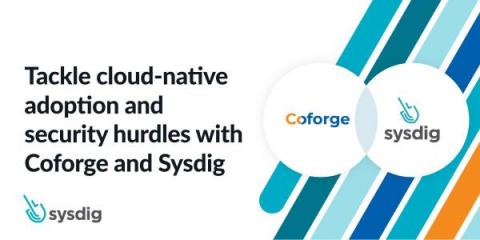The future of email threat detection
As businesses continue to adopt cloud integration and remote work increases, security teams are facing more visibility challenges as well as an influx of security event data. There is more need to understand the threats than ever before, as the threat surface area increases, and tactics increase. Cyber threats are becoming more sophisticated and occurring more frequently, forcing organizations to rely on quality threat detection to protect their data, employees, and reputation.











